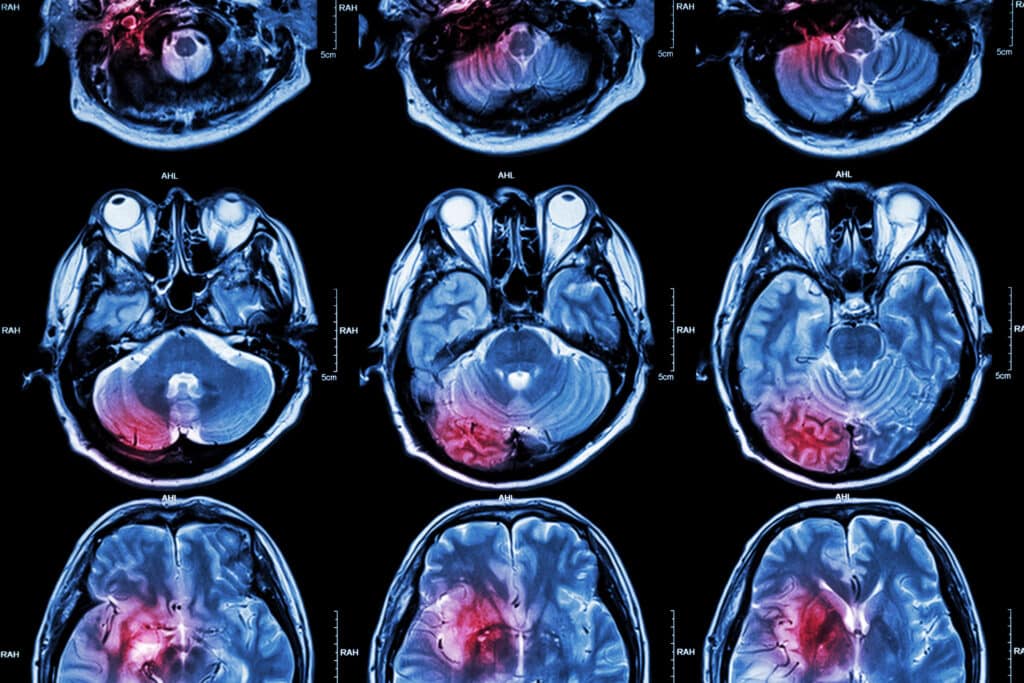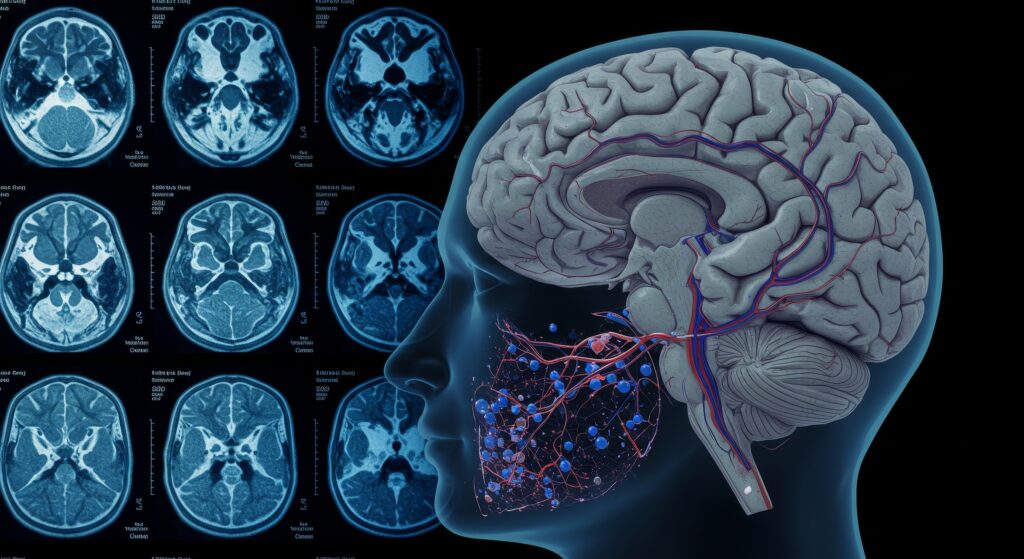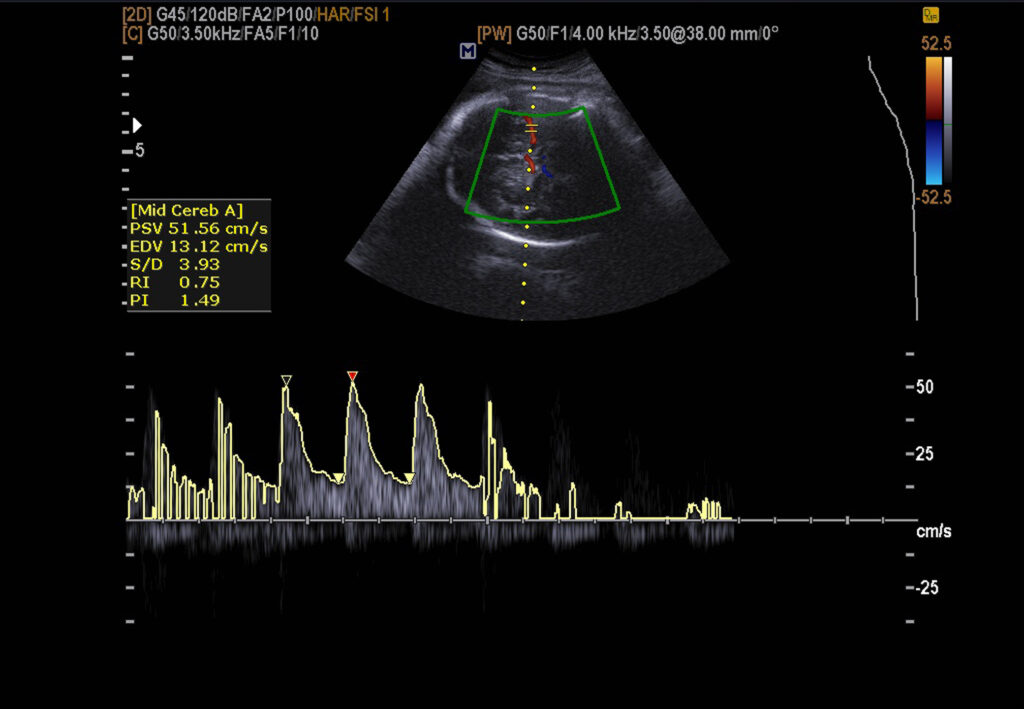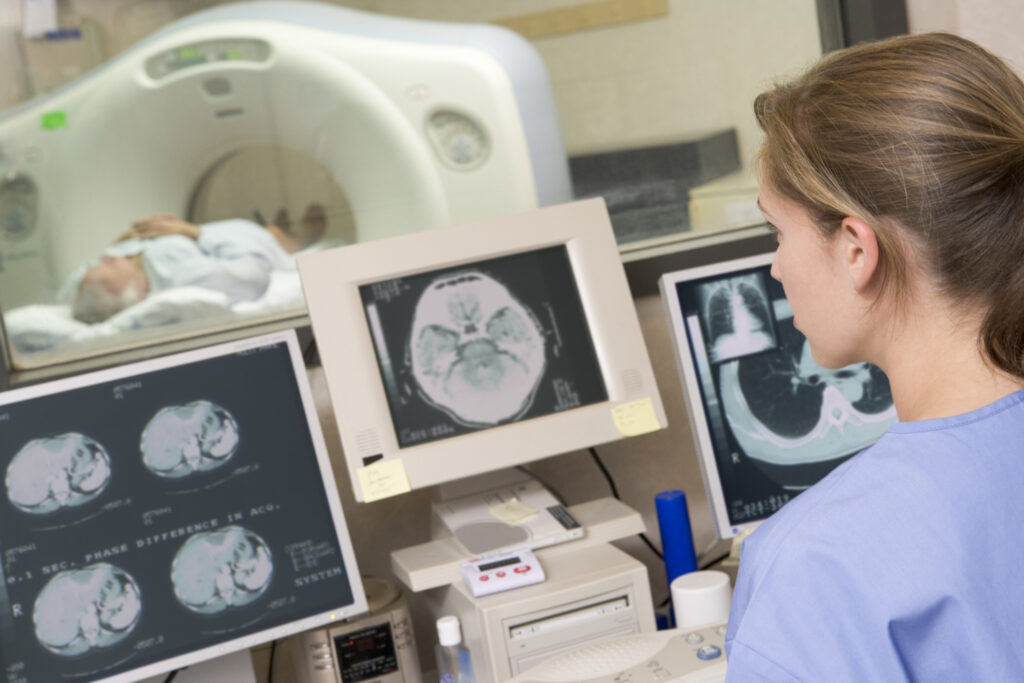Nurses in medical imaging blend patient support with technical skills, which is vital for effective radiology procedures.
If you’re unfamiliar with the world of nursing, you’re likely thinking, what on earth are medical imaging procedures?
More commonly known as radiology, medical imaging procedures involve the use of X-ray equipment to create digital images of our insides. This process is performed by employing radiation to take a subcutaneous photo of our bones, tissues, and organs and helps with identifying fractures and other broken bits.
So, when it comes to performing these types of procedures, how is a nurse involved? If you’re keen to learn more about the role of nurses in radiology, just keep reading.
The Role of a Radiology Nurse: What it Takes to Specialise in This Area
When you’re a registered nurse (RN), you’re essentially qualified to perform general nursing procedures – usually in a hospital setting. However, if you want to specialise in other areas (like radiology), you need to complete further education in your chosen discipline.
For ambitious nursing students, postgraduate RN to NP programs can prove to be an integral stepping stone to a more specialised career. If you want to specialise as a radiology nurse, on the other hand, you’ll need to focus on a study pathway that’s tailored to teach you the required technical capabilities to assist with X-ray procedures.
Working as a radiology nurse is a surprisingly varied role, and no day is ever the same. These are just some of the responsibilities and daily tasks that are usually listed in a radiology nurse’s job description:
- Preparing patients for their upcoming X-ray procedures by answering any of their questions
- Completing pre-procedure patient assessments, including identifying any health issues or allergies
- Monitoring and assessing the radiology patient’s blood pressure and body temperature
- Administering any required medication, light anaesthesia, or sedation
- Performing intravenous injections as required
- Monitor the patient’s recovery from the procedure and ensure that they are discharged safely.
The What, Why and How of X-Ray Processes
Whether you refer to the practice as medical imaging, radiology, or X-ray, this process has become one of the most utilised methods in medicine when analysing the inside of the body.
So, what is an X-ray? And, what is involved in making one work?
By sending beams of radiation through your body, X-ray machines essentially form a virtual picture of what you look like internally. This enables a radiologist to produce a digitally created photo of your internal organs, bones, and other soft tissues that comprise your physical matter.
This is a great way to look at your body composition and identify any internal issues you can’t see from the outside – such as broken bones or other types of injury or disease. Some internal injuries and illnesses that X-ray machines can help to identify include:
Bone Conditions
As well as broken bones and fractured limbs, X-rays can also help diagnose and treat bone conditions such as arthritis and osteoporosis.
Lung Conditions
By enabling us to ‘see’ internally, radiology also assists with diagnosing and treating lung conditions such as pneumonia, collapsed lung, and lung cancer.
Cancer
On the subject of cancer, the use of an X-ray machine can also identify internal symptoms of various forms of the disease – including bone cancer, breast cancer, or brain tumours.
Blood Vessel Issues
Bulges in the aortas – also known as aortic aneurysms – can also be identified with radiology.
Organ Blockages
If your organs – for example, your kidneys or bowels – are blocked or constricted, you can undergo a medical imaging procedure to help ascertain the cause of the blockage.
Foreign Object Lodgments
In some cases, a foreign object can become lodged internally. Imagine your 2-year-old is playing with her Lego toys and accidentally swallows a piece. This may cause the tiny choking hazard to become lodged in her throat. An X-ray can help determine the foreign object’s location and help execute its extraction from her body.
Conclusion
As well as playing an essential role in the medical space, radiology is fascinating. As such, if you choose to pursue a career as a radiology nurse, you are sure to land yourself a job that is as interesting as it is financially rewarding.
Disclaimer
The information provided in this article is for general informational purposes only and reflects the understanding of the authors at the time of publication. It is not intended as professional medical or nursing advice, diagnosis, or treatment. Readers should not act upon the content without seeking appropriate professional guidance. While we strive to ensure the accuracy and relevance of the information, Open Medscience does not accept any responsibility for errors, omissions, or the outcomes of decisions based on the content. Always consult a qualified healthcare provider for advice specific to your circumstances.




